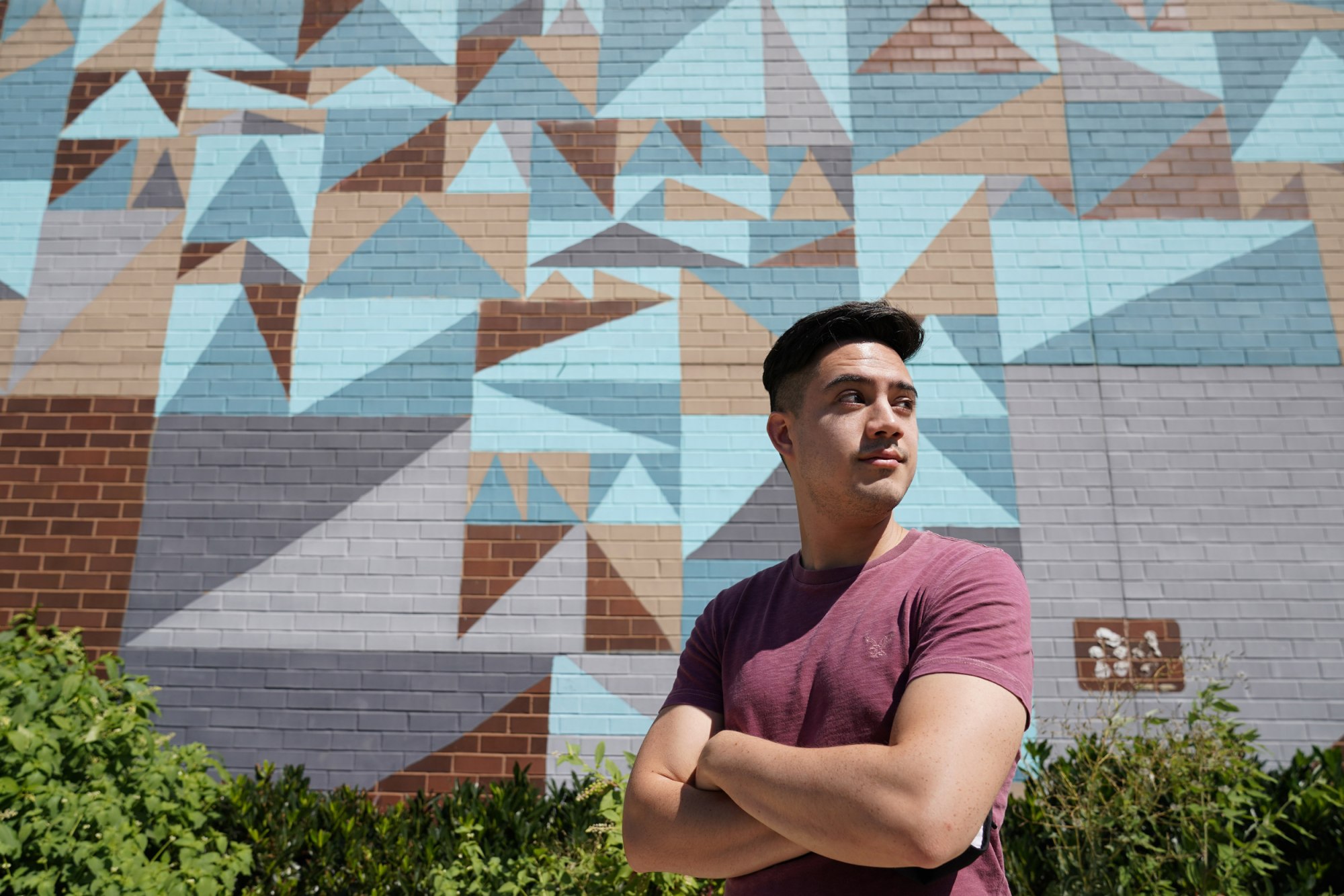Harris’ dual identities challenge America’s race labelsPosted in Articles, Asian Diaspora, Census/Demographics, Identity Development/Psychology, Media Archive, Politics/Public Policy, United States on 2020-08-21 17:43Z by Steven |
Harris’ dual identities challenge America’s race labels
Associated Press
2020-08-21
 Benjamin Beltran, 26, on Aug. 18, 2020, in Washington. For most of his childhood, Beltran identified with his dad’s roots as a Filipino growing up. At times, that made his white mother worry he was forgetting her ancestry, which traces to Scotland and Ireland. Jacquelyn Martin / AP |
Kamala Harris’ historic nomination for vice president on the Democratic ticket is challenging multicultural, race-obsessed America’s emphasis on labels.
It was just 20 years ago that the U.S. census began to allow Americans to identify as more than one race. And now, the country is on the threshold of seeing the name of Kamala Harris — proud daughter of a Jamaican father and Indian mother — on the national ballot.
Harris’ historic nomination for vice president on the Democratic ticket is challenging America’s emphasis on identity and labels.
While her dual heritage represents several slices of the multicultural and multiracial experience, many have puzzled over how to define her — an issue people of diverse backgrounds have long had to navigate.
Harris has long incorporated both sides of her parentage in her public persona, but also has been steadfast in claiming her Black identity, saying her mother — the biggest influence on her life — raised her and her sister as Black because that’s the way the world would view them.
“My mother instilled in my sister, Maya, and me the values that would chart the course of our lives,” Harris said in a Wednesday night speech at the Democratic National Convention to accept her party’s nomination. “She raised us to be proud, strong Black women. And she raised us to know and be proud of our Indian heritage.”…
Read the entire article here.





